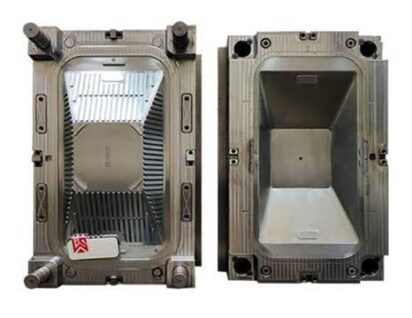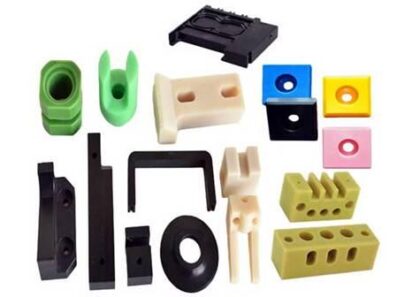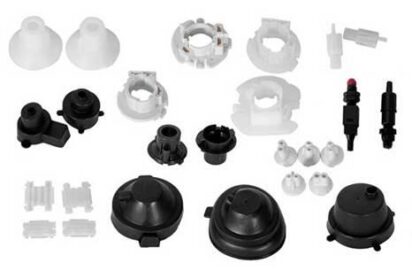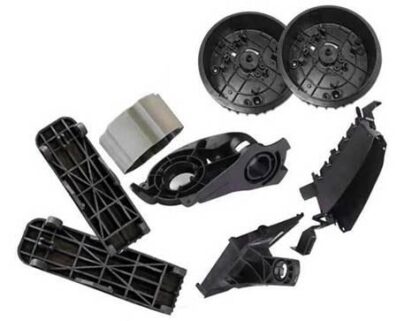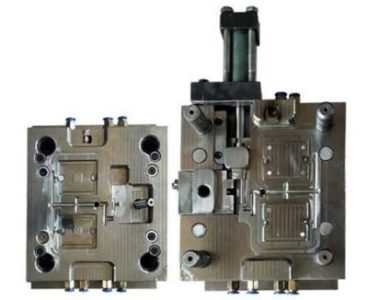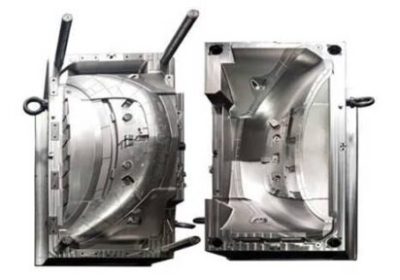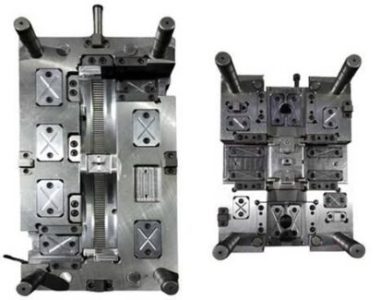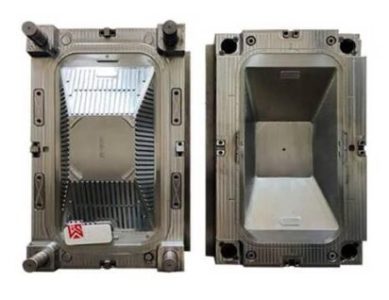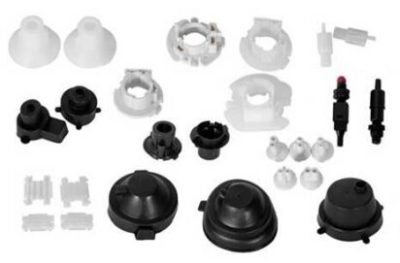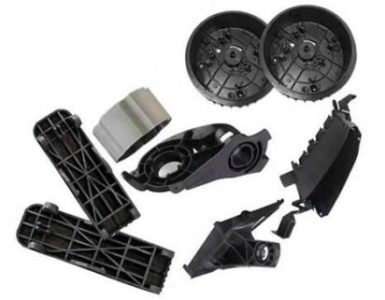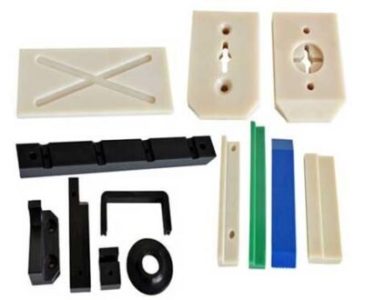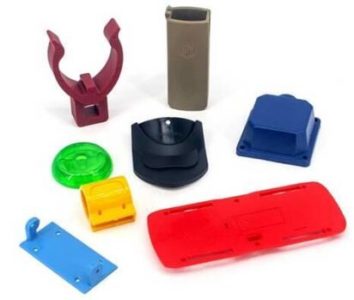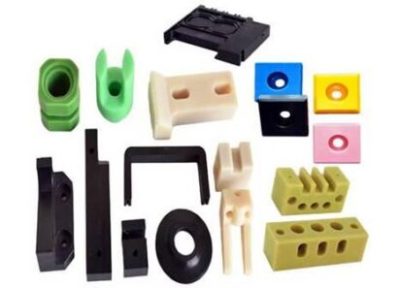Injection Molding Parameters
1. Injection pressure
The injection pressure is provided by the hydraulic system of the injection molding system. The pressure of the hydraulic cylinder is transmitted to the plastic melt through the screw of the injection molding machine. Pushed by the pressure, the plastic melt enters the vertical channel, main channel and runner of the mold through the nozzle of the injection molding machine, and enters the cavity of the mold through the gate. This process is the injection molding process, or the filling process. The existence of pressure is to overcome the resistance in the process of melt flow, or conversely, the resistance in the flow process needs to be offset by the pressure of the injection molding machine to ensure the smooth progress of injection molding.
During the injection molding process, the pressure at the nozzle of the injection molding machine is the highest to overcome the flow resistance throughout the melt. Thereafter, the pressure gradually decreases along the flow length towards the frontmost wavefront of the melt. If the cavity is well vented, the final pressure at the front of the melt is atmospheric pressure.
There are many factors affecting the melt filling pressure, which can be summarized into three categories:
⑴ material factors, such as the type of plastic, viscosity, lsp.;
(2) Structural factors, such as the type, number and location of the gating system, the cavity shape of the mold and the thickness of the product, lsp.;
⑶ Forming process elements.
⒉ Injection time
The injection molding time mentioned here refers to the time required for the plastic melt to fill the cavity, excluding auxiliary time such as mold opening and closing. Although the injection time is very short and has little impact on the molding cycle, the adjustment of the injection time has a great effect on the pressure control of the gate, runner and cavity. Reasonable injection time is conducive to the ideal filling of the melt, and it is very important to improve the surface quality of the product and reduce the dimensional tolerance.
The injection molding time is much lower than the cooling time, about 1/10 to 1/15 of the cooling time. This rule can be used as the basis for predicting the entire molding time of plastic parts. When doing mold flow analysis, only when the melt is completely filled by the screw rotation to fill the cavity, the injection time in the analysis results is equal to the injection time set in the process conditions. If the pressure switch of the screw occurs before the cavity is full, the analysis result will be greater than the setting of the process condition.
⒊ Injection temperature
Injection temperature is an important factor affecting injection pressure. The barrel of the injection molding machine has 5 to 6 heating sections, and each raw material has its suitable processing temperature (for detailed processing temperature, please refer to the data provided by the material supplier). The injection molding temperature must be controlled within a certain range. If the temperature is too low, the plasticization of the molten material will be poor, which will affect the quality of the molded parts and increase the difficulty of the process; if the temperature is too high, the raw materials will easily decompose. In the actual injection molding process, the injection temperature is often higher than the barrel temperature, and the higher value is related to the injection rate and the performance of the material, up to 30°C. This is due to the high heat generated by the shearing of the melt through the gate. There are two ways to compensate for this difference when doing mold flow analysis: one is to try to measure the temperature of the melt when it is injected into the air, and the other is to include the nozzle when modeling.
 English
English العربية
العربية Български
Български 中文(漢字)
中文(漢字) Čeština
Čeština Dansk
Dansk Eesti keel
Eesti keel Suomi
Suomi Français
Français Deutsch
Deutsch Ελληνικά
Ελληνικά עברית
עברית Magyar
Magyar Bahasa Indonesia
Bahasa Indonesia Italiano
Italiano 日本語
日本語 한국어
한국어 Latīna
Latīna Latviešu valoda
Latviešu valoda Lëtzebuergesch
Lëtzebuergesch Polski
Polski Português
Português Română
Română Русский
Русский Slovenščina
Slovenščina Español
Español Svenska
Svenska ภาษาไทย
ภาษาไทย Tiếng Việt
Tiếng Việt

